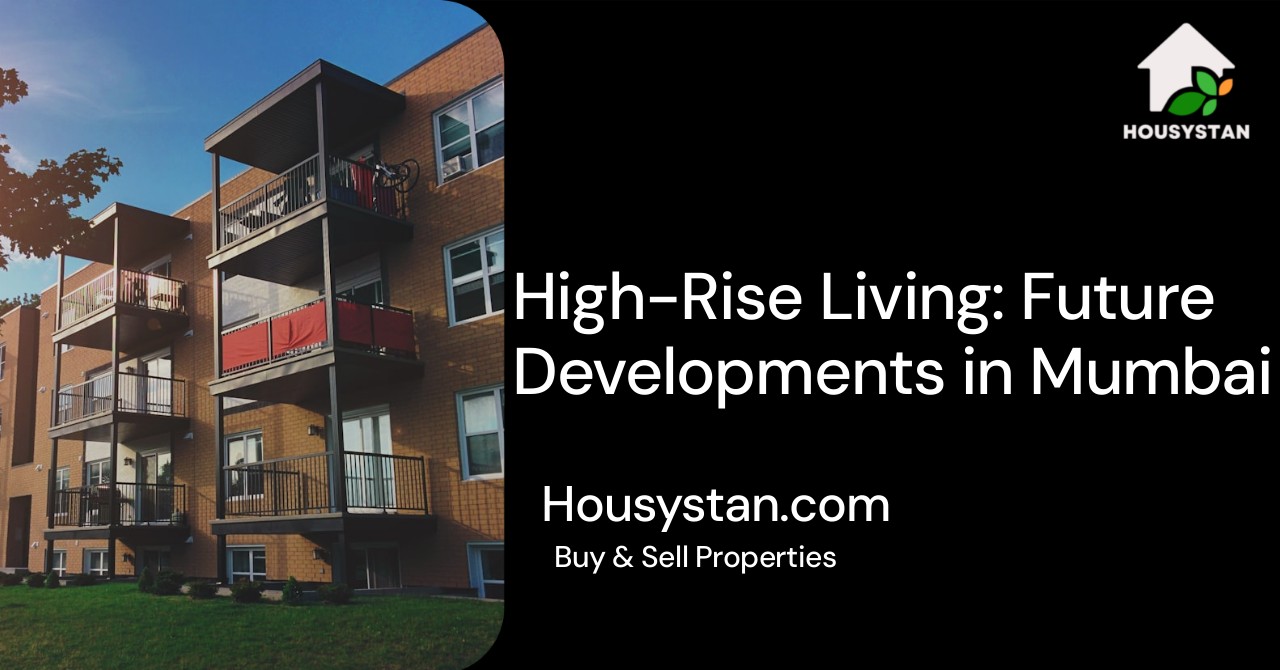High-Rise Living: Future Developments in Mumbai
Read latest blogs and articles from Housystan

The Information mentioned here was last updated on:
4/1/2026High-Rise Living: Future Developments in Mumbai
Mumbai, India’s bustling financial capital, is undergoing a remarkable transformation as high-rise living continues to define its ever-evolving skyline. With limited land availability and a rapidly increasing population, vertical growth has become the city’s answer to modern urban challenges. As developers focus on innovative architecture and sustainable solutions, Mumbai is set to witness a new era of residential towers that blend luxury with convenience and cutting-edge technology.
The upcoming high-rise projects in Mumbai are strategically located in prime neighborhoods such as Worli, Lower Parel, Bandra, and Powai. These areas offer excellent connectivity to commercial hubs, educational institutions, and entertainment destinations, making them highly desirable for professionals and families alike. Developers are prioritizing amenities such as rooftop gardens, fitness centers, infinity pools, and smart home technology, ensuring residents enjoy an elevated lifestyle in the heart of the city.
- Verified Tenants/Buyers
- Unlimited Property Listing
- Zero subscription/charges fee
Future developments are also focusing on eco-friendly features, incorporating rainwater harvesting, solar panels, energy-efficient lighting, and green building materials. This commitment to sustainability not only reduces the environmental impact but also enhances long-term value for homeowners. Moreover, safety and security are paramount, with advanced surveillance systems, gated communities, and 24/7 concierge services becoming standard offerings in new residential towers.
The demand for high-rise apartments in Mumbai is further propelled by the city’s cosmopolitan culture and thriving job market. Young professionals, NRIs, and investors are keen to own properties in these iconic skyscrapers, driving real estate prices upward and fueling continuous innovation in construction techniques. Leading developers are collaborating with world-renowned architects to create stunning facades and thoughtfully designed interiors that maximize space and natural light.
In summary, the future of high-rise living in Mumbai promises a blend of sophistication, sustainability, and strategic location. As the city embraces new developments, residents can look forward to a lifestyle that combines urban convenience with luxurious comfort, setting new benchmarks for metropolitan living across India.